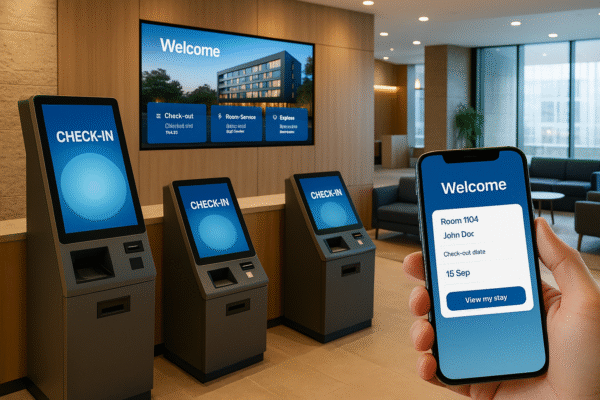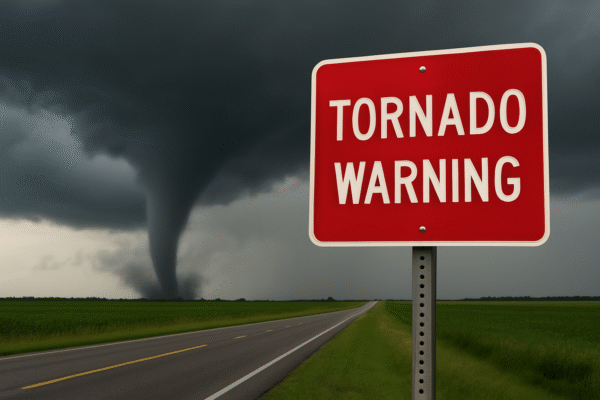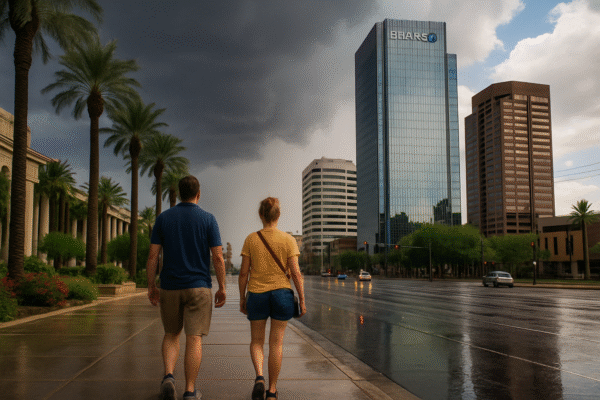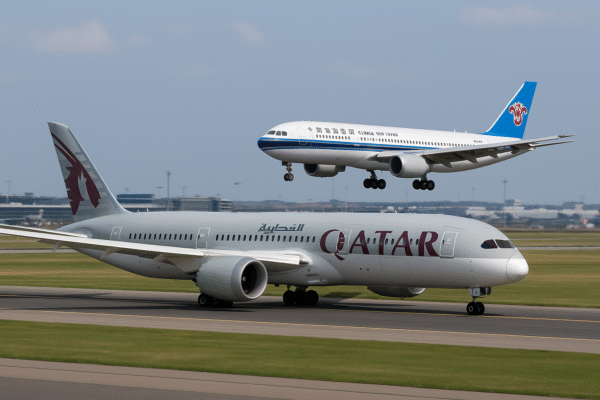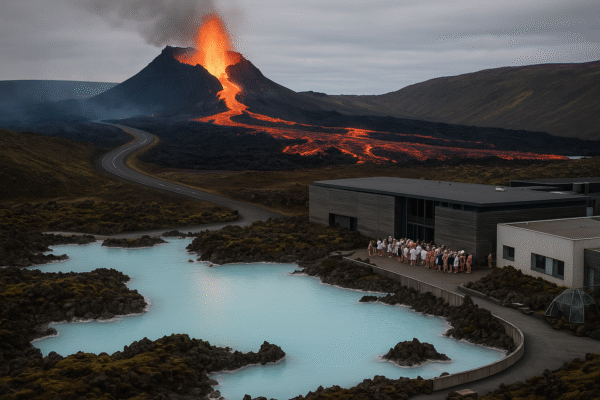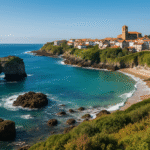Iceland’s Sundhnúkur volcano erupted once again early Tuesday morning, marking its ninth eruption since December 2023, and prompting emergency evacuations in the Reykjanes Peninsula, including the world-renowned Blue Lagoon resort. The dramatic lava flows and seismic unrest forced authorities to evacuate visitors, residents of Grindavík, and local campgrounds. Yet despite the proximity to key infrastructure, major airlines including Icelandair, United Airlines, easyJet, and PLAY have continued to operate, keeping Iceland’s main gateways open to international tourism.
Blue Lagoon Evacuated Amid Ongoing Volcanic Unrest
Emergency responders acted swiftly following alerts issued by the Icelandic Meteorological Office (IMO). The Blue Lagoon Iceland, a geothermal spa that attracts nearly half a million tourists annually, was evacuated early Tuesday. Staff and guests were safely relocated, and all operations have been suspended until further notice.
Evacuation orders also extended to a nearby campsite and most residential areas in Grindavík, which sits just a few kilometers from the eruption site. Emergency teams went door to door in coordination with Iceland’s Department of Civil Protection, ensuring all residents had ample time to evacuate before any direct threat from lava or gas emissions materialized.
Lava Threatens Key Roadways but Not Population Centers
According to the IMO, this event is a low-ash, effusive fissure eruption—meaning instead of explosive ash clouds, it produces consistent lava flows. Currently, the lava is advancing toward Grindavíkurvegur, a key roadway north of Stóra-Skógfell, but has not yet reached inhabited areas.
While authorities have not issued evacuations for Reykjavík or other major towns, they continue to monitor the situation closely. Aerial surveillance, GPS tracking, and seismic monitoring systems are feeding real-time data to decision-makers, keeping safety protocols agile and responsive.
Air Travel Unaffected—Icelandair, United, PLAY, easyJet Maintain Service
Despite images of flowing lava and emergency operations, Keflavík International Airport (KEF) remains fully operational. The eruption has caused only minor disruptions to flights. Here’s a snapshot of how airlines fared as of Tuesday:
Keflavík International Airport Disruption Report:
- United Airlines: 2 flight cancellations
- Icelandair: 7 delays
- easyJet: 1 delay
- PLAY: 1 delay
Domestic Airport Status:
- Reykjavík Airport: 1 delay (Air Iceland Connect)
- Egilsstaðir Airport: 1 delay (Air Iceland Connect)
ISAVIA, the Icelandic aviation authority, has assured travelers that airspace remains open. They are closely coordinating with the Icelandic Civil Aviation Administration (ICAA) and international meteorological agencies to provide up-to-date advisories.
Tourism Industry Adapts as Blue Lagoon Tours Pause
The closure of the Blue Lagoon represents a temporary setback for Iceland’s tourism economy. However, authorities stress that most of Iceland remains unaffected and open for travel. Tour operators have paused excursions to the Reykjanes Peninsula, but trips to the Golden Circle, Akureyri, the Eastfjords, and the northern lights viewing regions remain active.
Hotels in other regions have stepped in to re-accommodate guests displaced from the Blue Lagoon area. The Icelandic Tourist Board encourages visitors to stay informed in the official website where safety updates and travel advisories are posted in real time.
Long-Term Volcanic Activity Expected on Reykjanes Peninsula
Geologists from the IMO suggest that Iceland has entered a new period of volcanic activity not seen in over 800 years. Since 2021, the Reykjanes Peninsula has seen multiple eruptions, signaling a reactivation of the region’s complex magma systems. The Sundhnúkur fissure alone has erupted nine times in the past seven months, making it one of Europe’s most active geological zones.
Forecasts indicate more eruptions may follow, but thanks to Iceland’s world-class geophysical monitoring and public safety systems, the country remains one of the safest volcanic destinations to visit.
Iceland’s Resilience in the Face of Natural Threats
Iceland’s handling of this crisis reflects a deep national experience with natural disasters. From the early deployment of emergency responders to the use of drone technology, satellite imagery, and real-time seismographic networks, the country has once again demonstrated global leadership in crisis management.
Although the Blue Lagoon remains temporarily inaccessible, the rest of Iceland is ready to welcome travelers seeking its majestic waterfalls, rugged glaciers, black sand beaches, and otherworldly geothermal sites—safely away from the lava flow.
Conclusion:
The Sundhnúkur eruption, while disruptive to a limited region, has not derailed Iceland’s tourism industry. With swift evacuations, minimal flight disruptions, and a wealth of alternative destinations within the country, Iceland remains open and resilient. Travelers are advised to monitor official updates but can confidently explore the island’s breathtaking landscapes with appropriate caution.
For more travel news like this, keep reading Global Travel Wire



